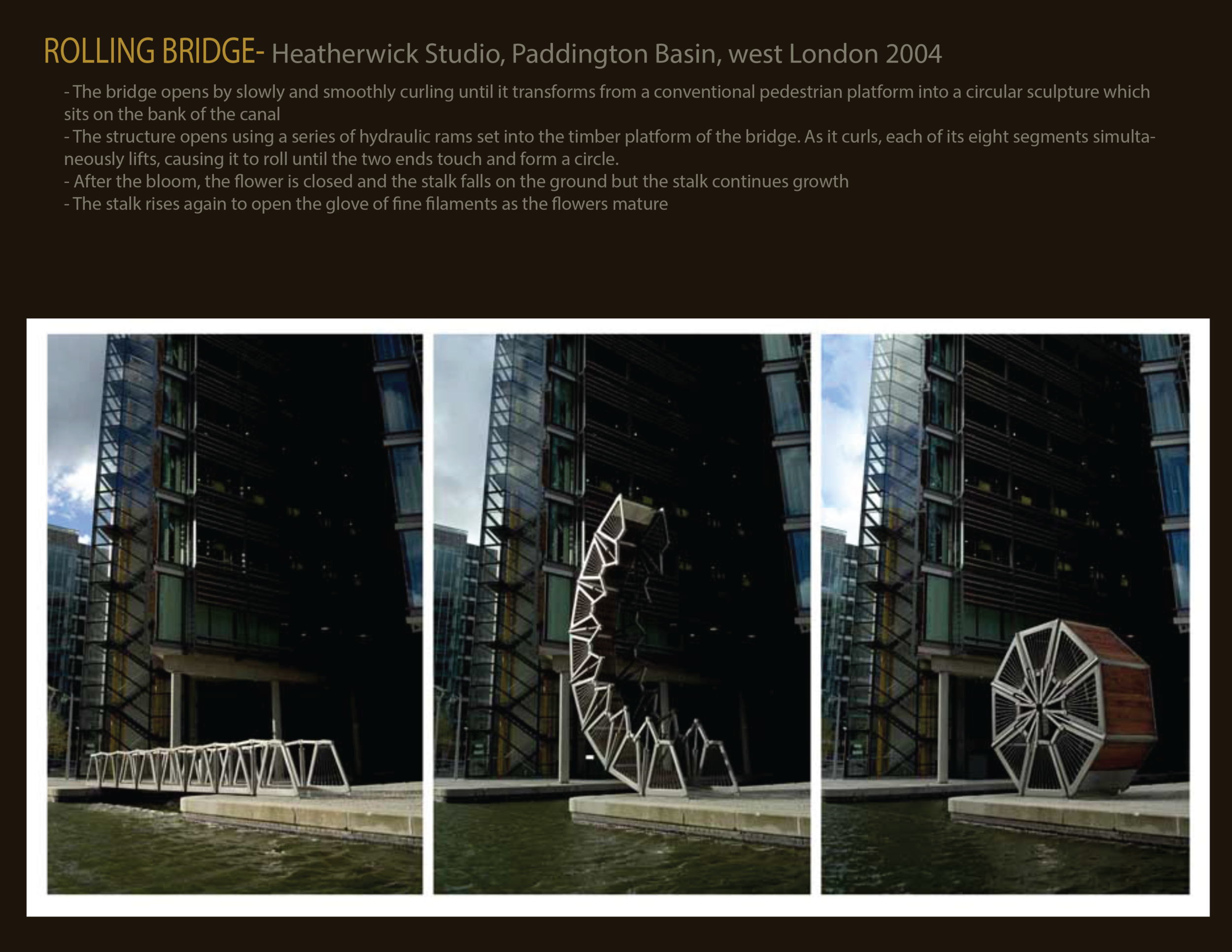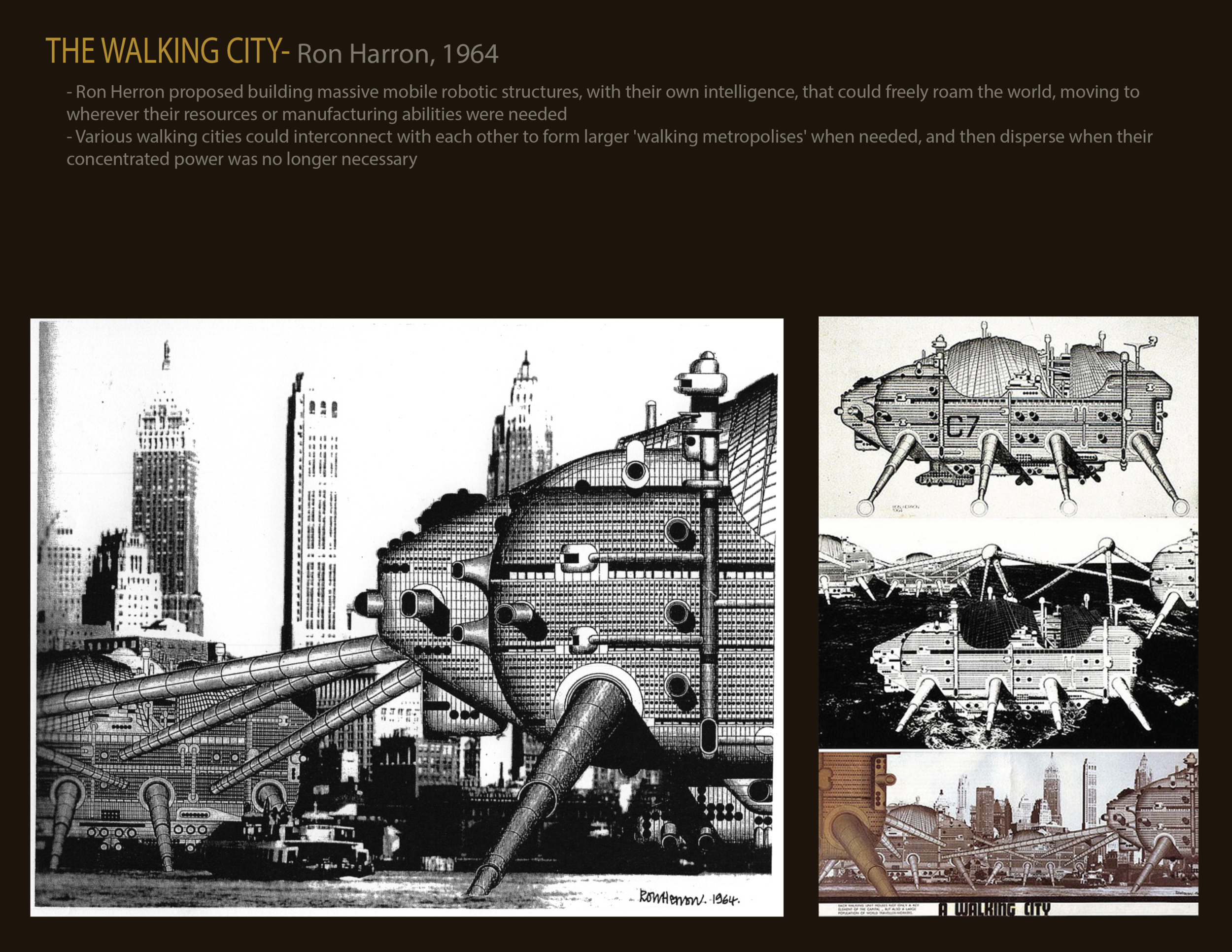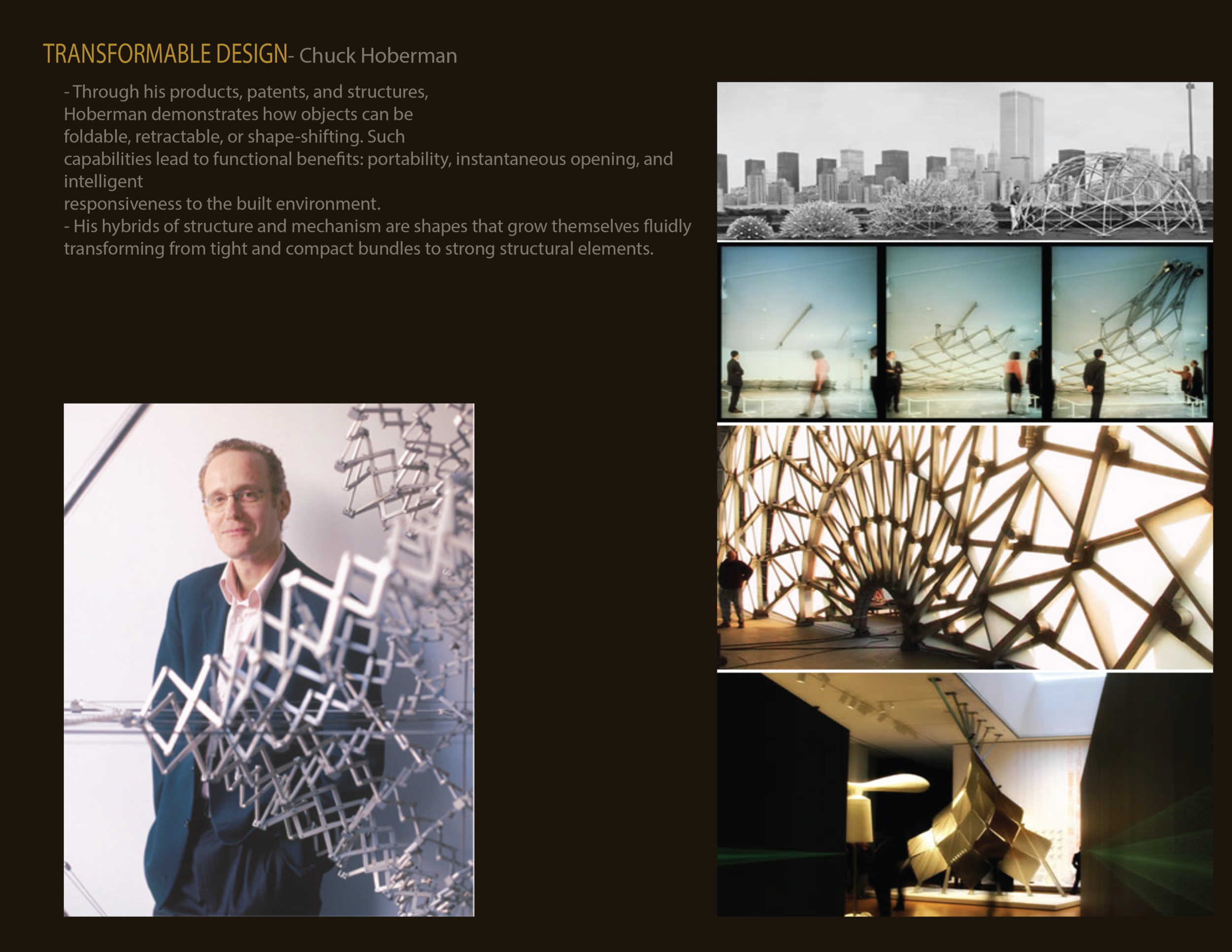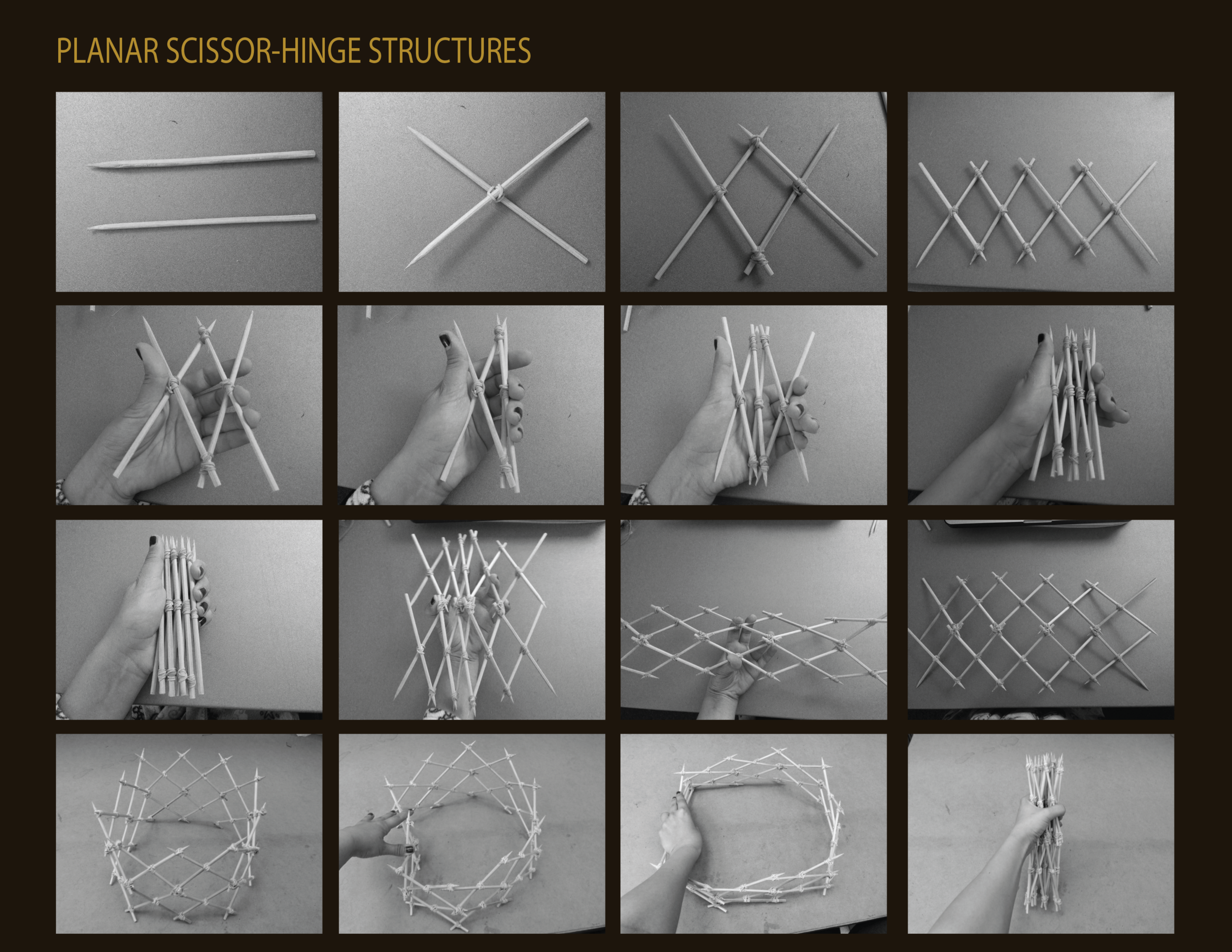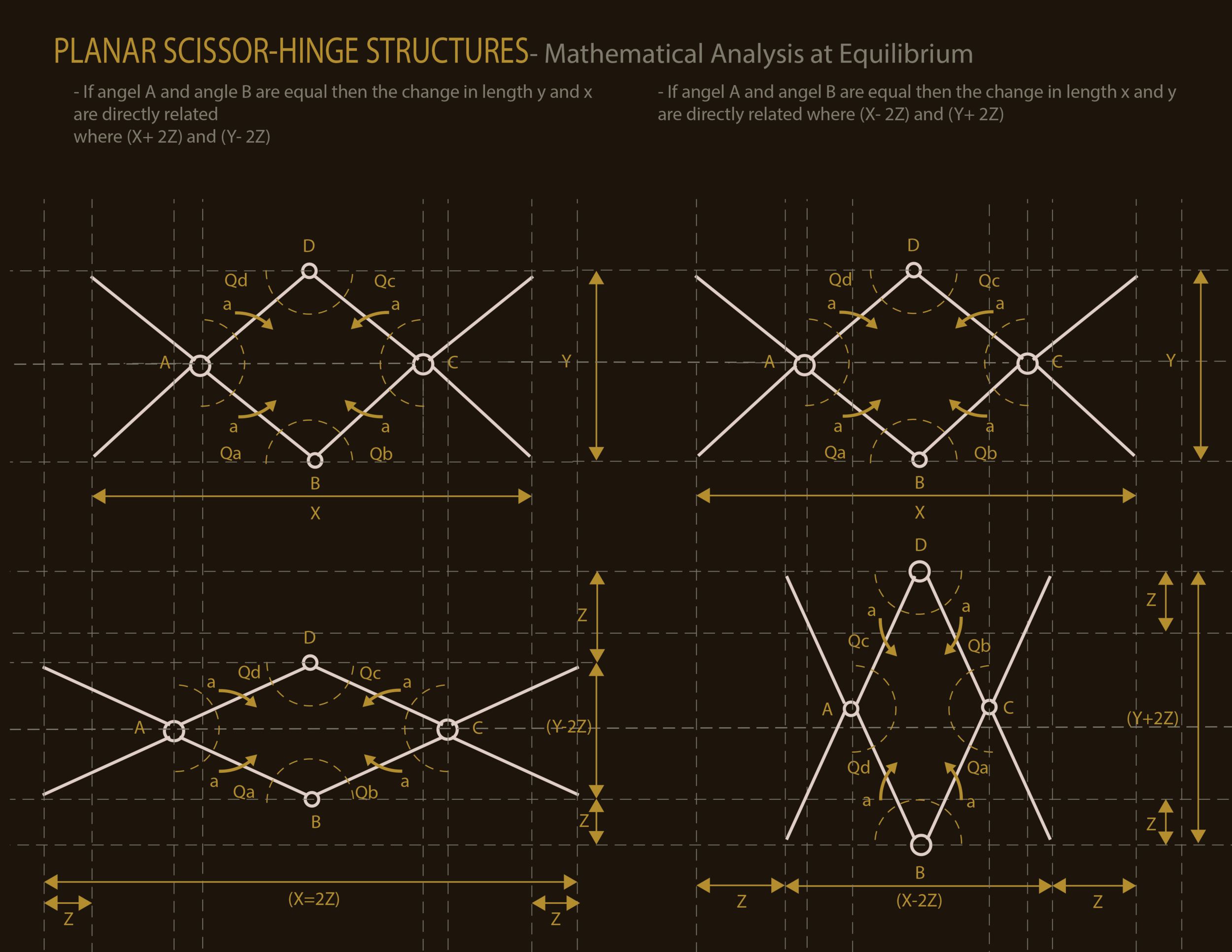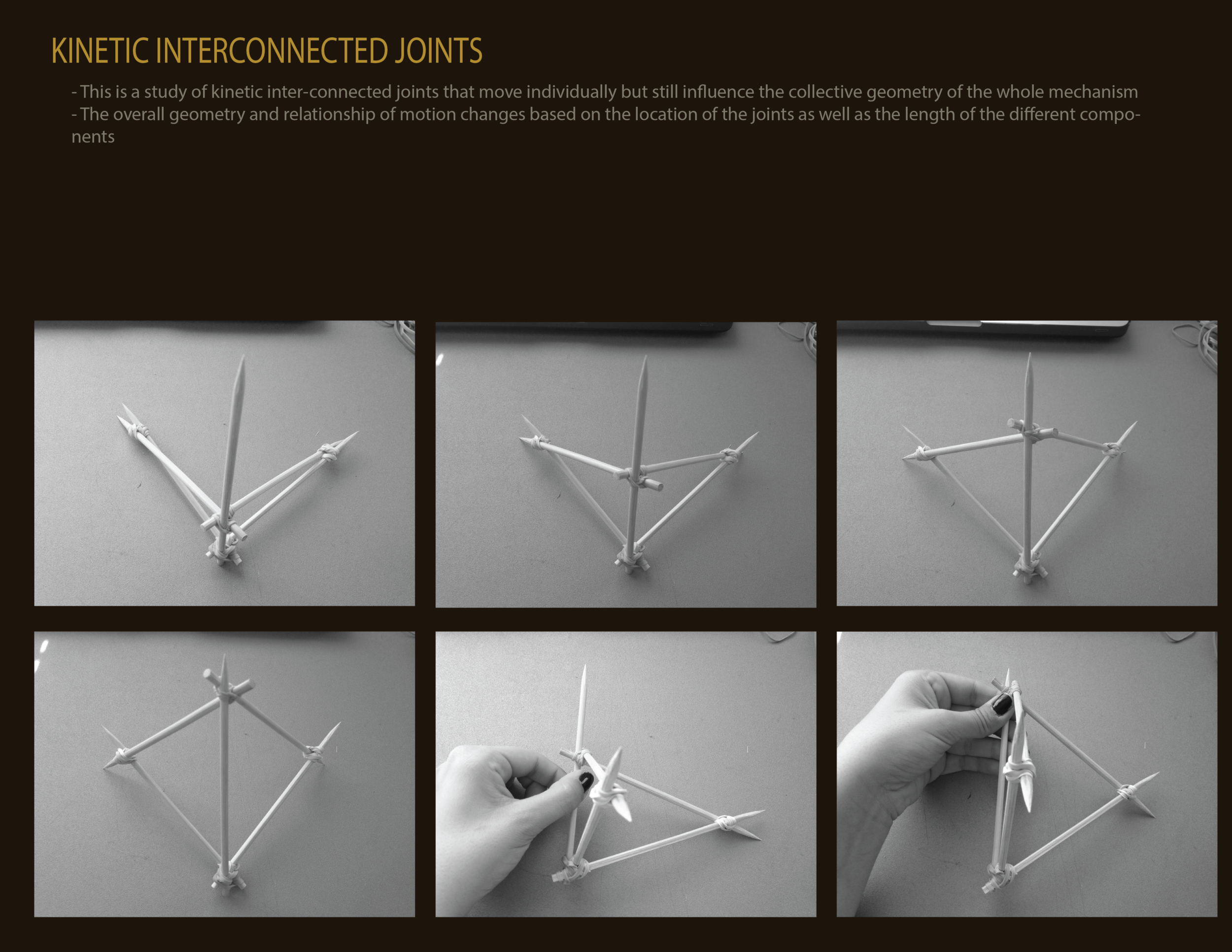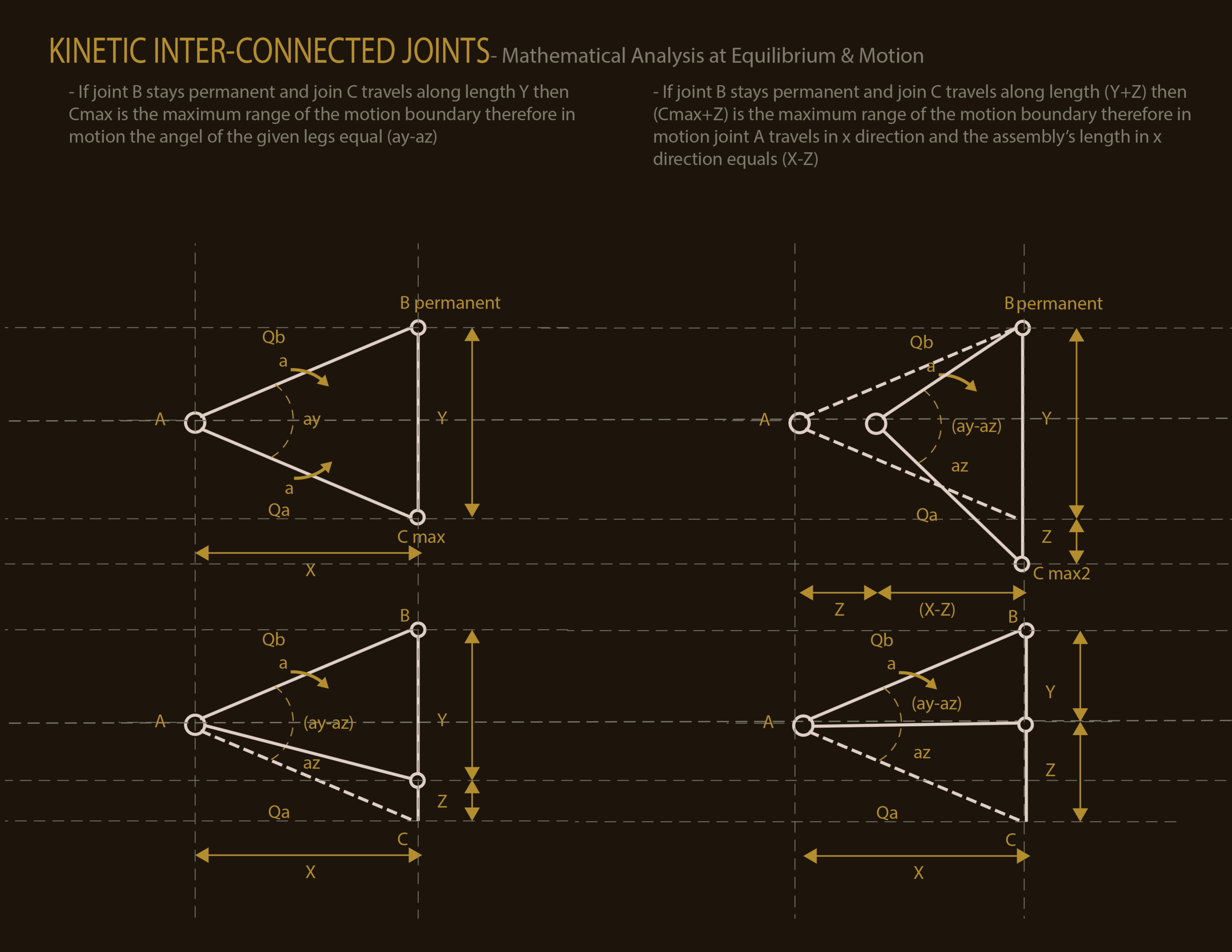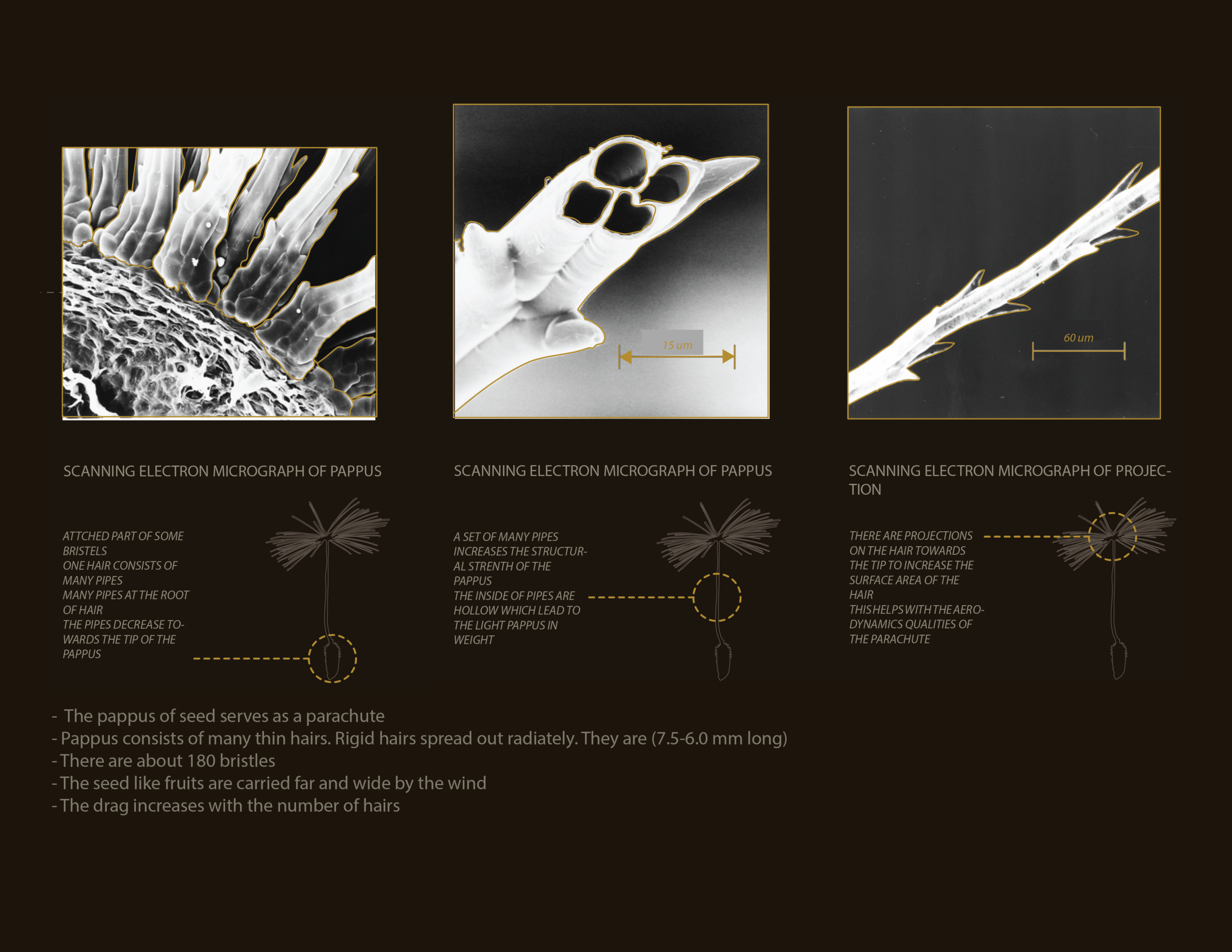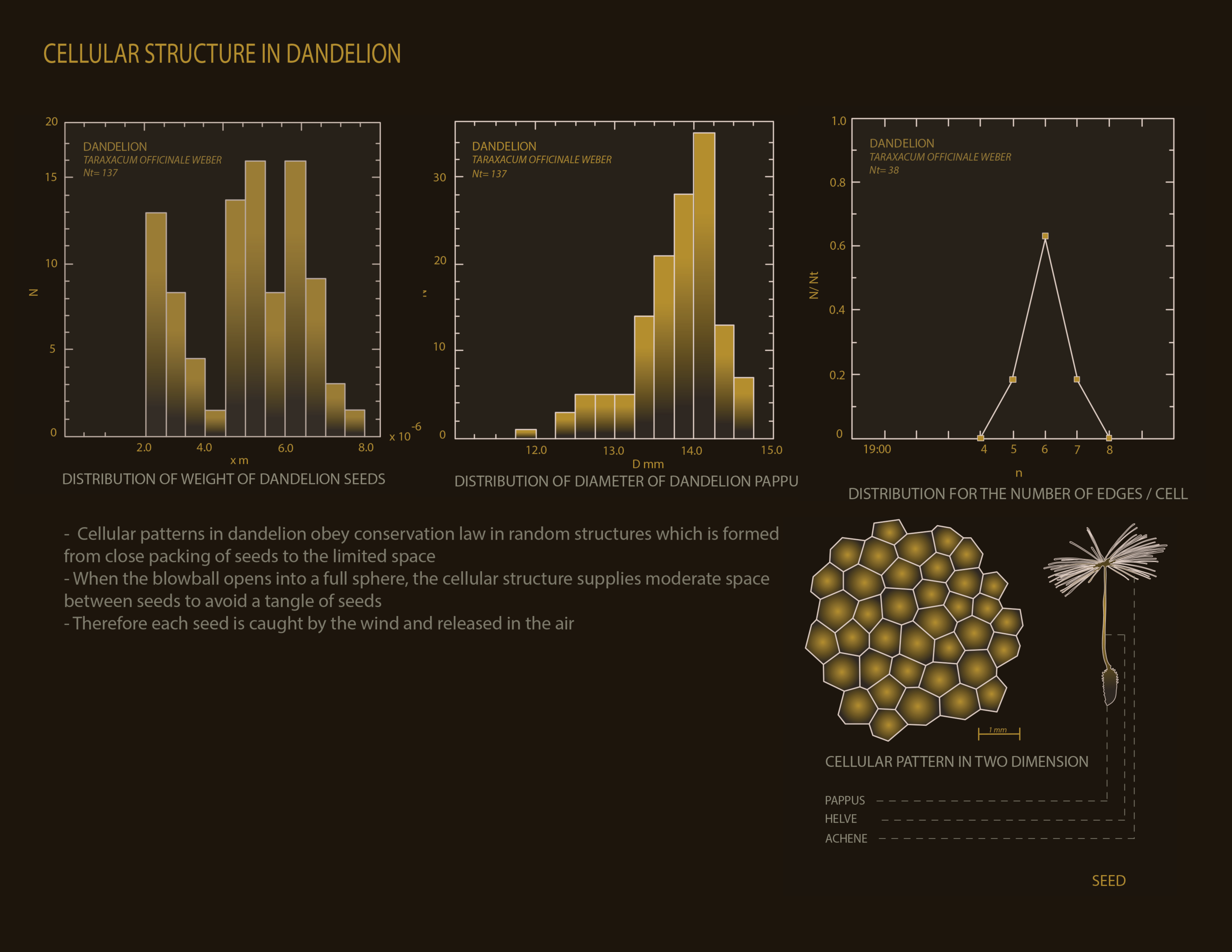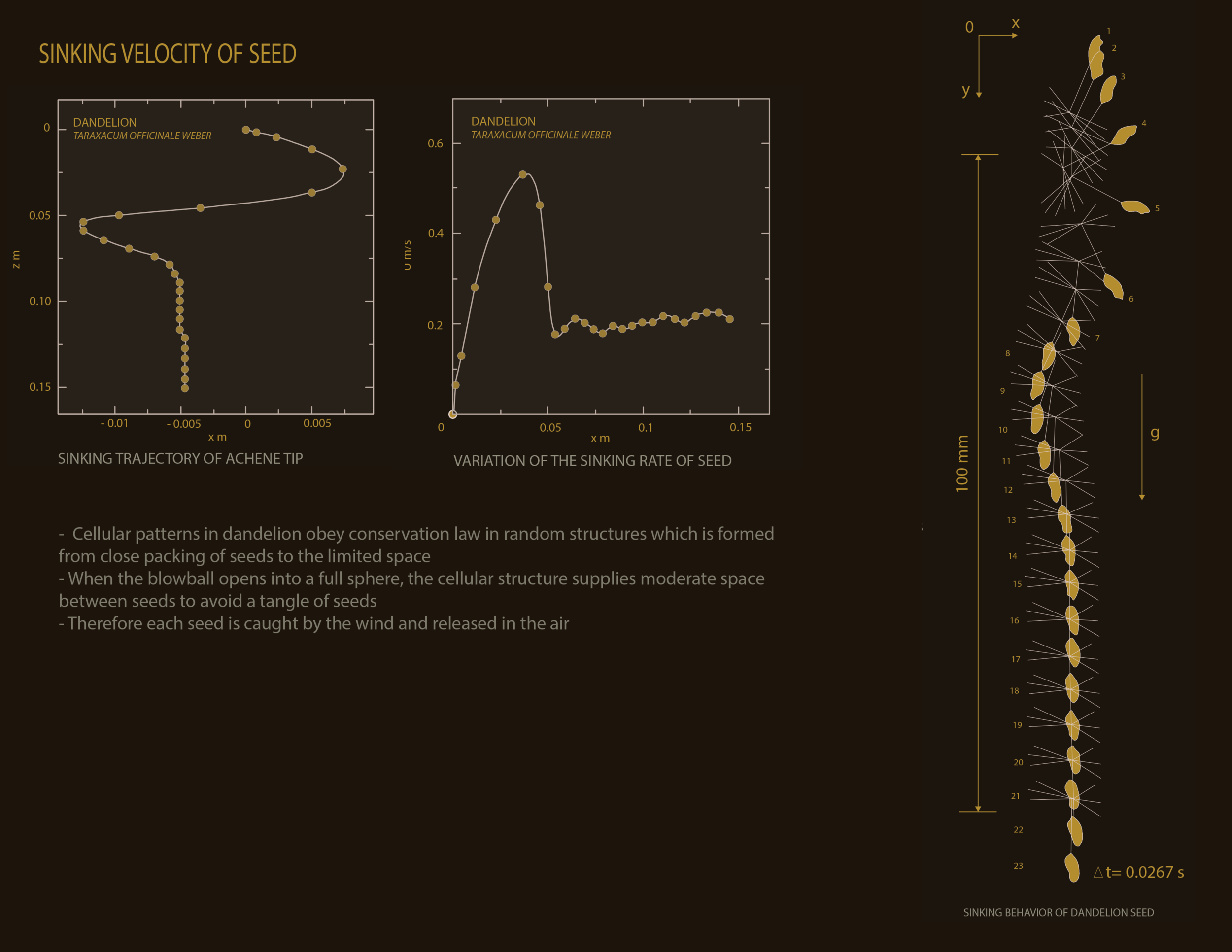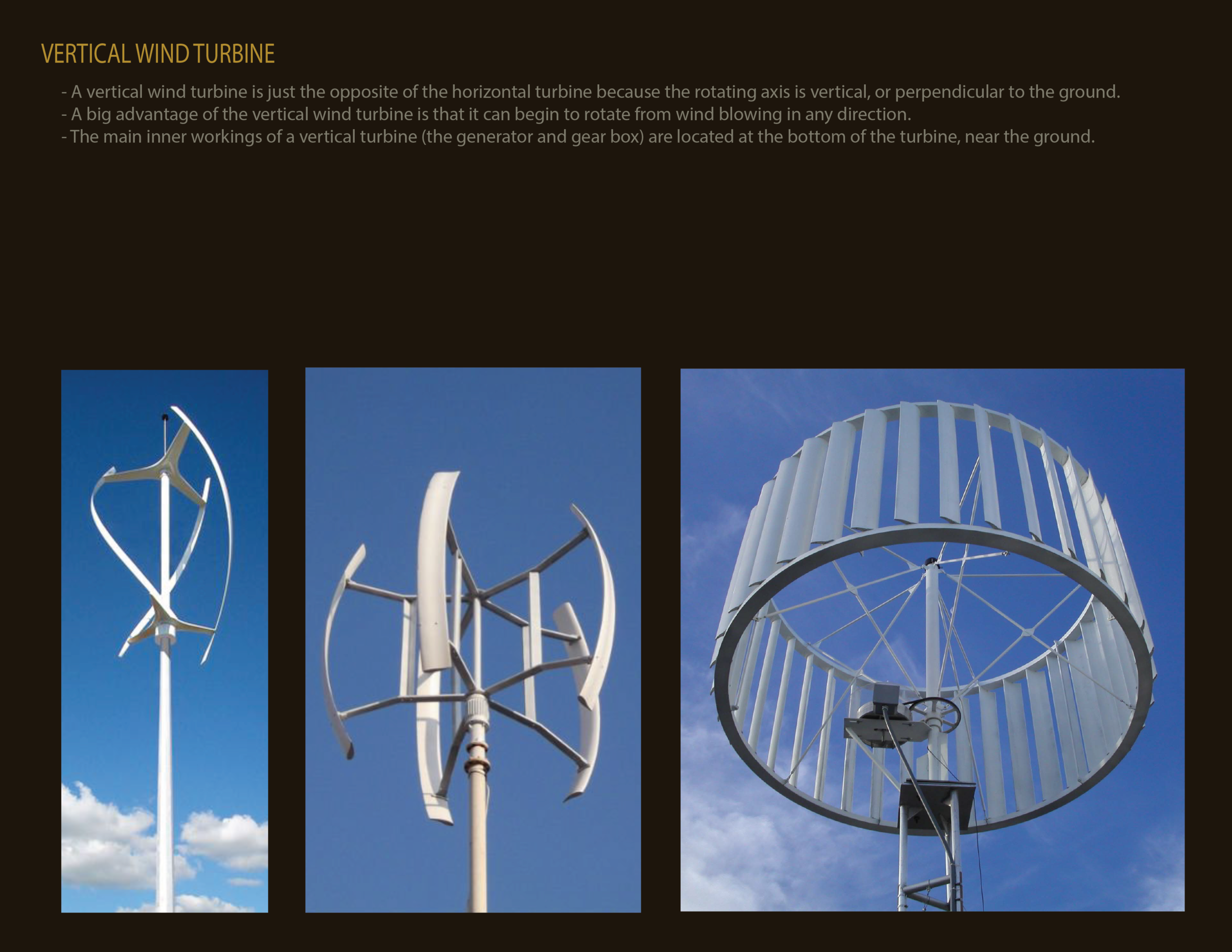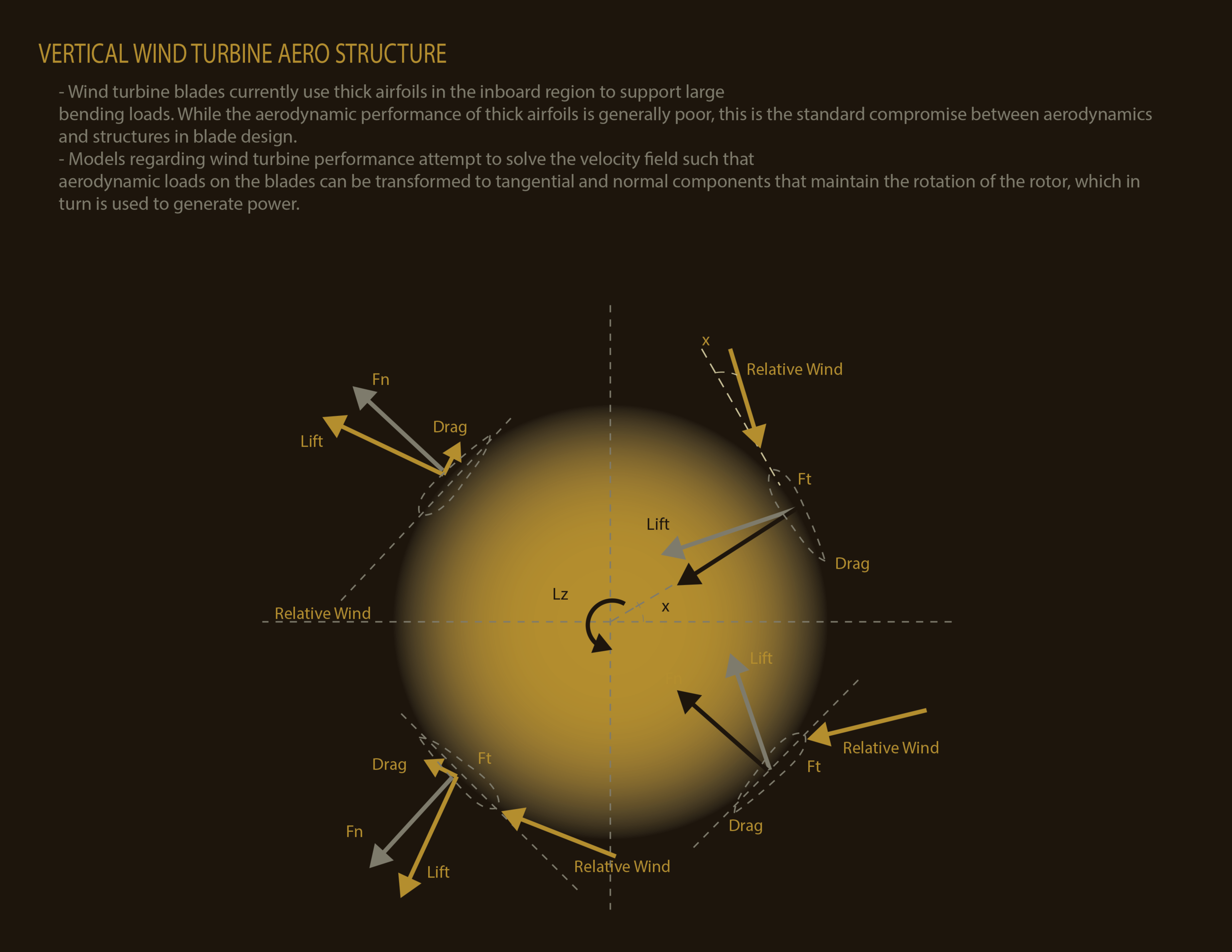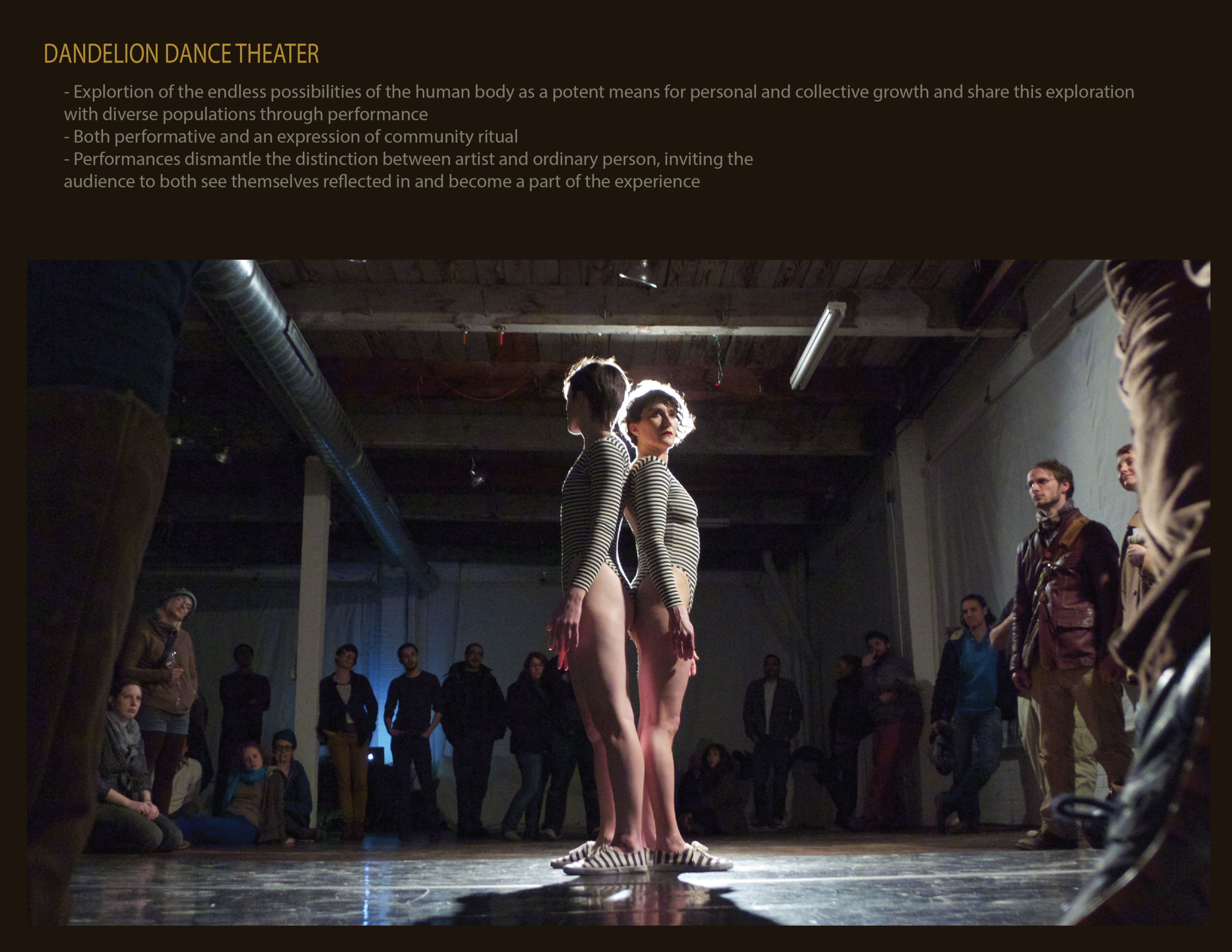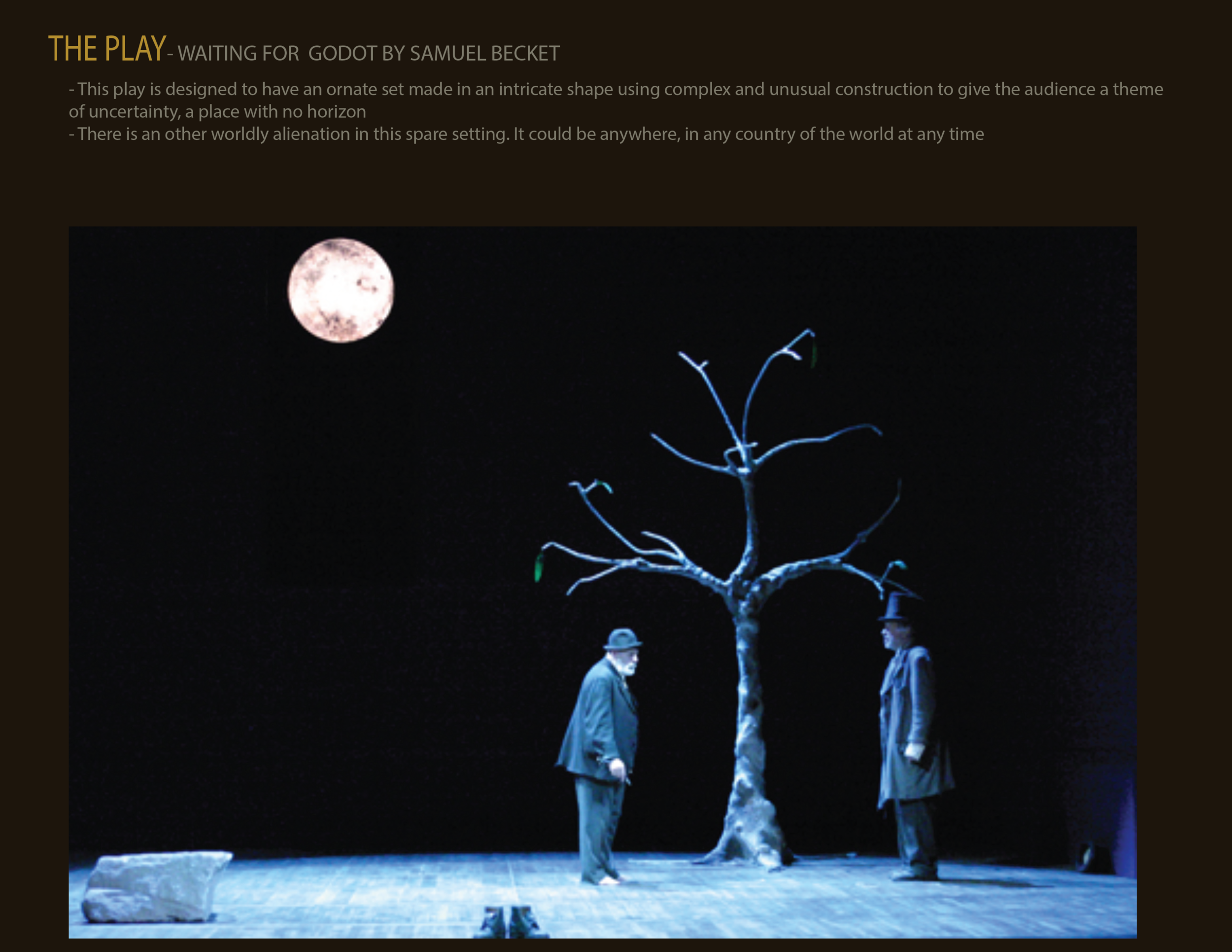
VISUALIZING SOUND
Opportunity: Research, User Experience/Spatial Design, Visual Design
Challenge: Quantify (Visualize) Sound
Role: Designer - Solo Thesis Project (USC School of Architecture)

Opportunity
The topic of my thesis studio in Architecture school was Mobility in Architecture. From mobile housing to projection mapping, our challenge was to each define mobility in our own unique way based on extensive research and an iterative design process.
Problem: What if architecture seeks to quantify the unseen motions such as sound in the environment?
Role
Through this solo project I began my process by exploring transformable structures. The process led me towards a responsive structure that seeks to quantify the sounds in the environment.
- Conducted extensive research on transformable structures, materials, precedent studies
- Explored transformable mechanics and their mathematical analysis
- Studied examples of transformable structures in biomimicry
- Explored potential usecases and applications of existing transformable structures
- Explored inspiration for potential narratives and user flows in music and theater
- Produced Lo-Fi and Hi-Fi sketches, wireframing, and prototypes (renderings)

Process
The process began the previous semester with a 30-page thesis paper on "How to define Architecture as a product?". I began the next semester with extensive research on mobile architecture with a focus on foldable, transformable structures. Through an iterative design process I discovered innovative ways to redefine mobility in Architecture.

1. Research (Structure)
Understanding the Problem
What if Architecture reinterprets space making as an act shaped by the changing nature of its environment through:
- Transforming the seeming ephemerality of a building’s environment into a physical experience, which is engaged with rather than resistent to the changes in its surrounding environment.
- Seeking to register and respond (quantify) the living processes that are unseen to the human eyes to comprehend a different layer of activities that shape our living spaces.
Understanding Tranformable Structures
During this process I studied examples of transformable structures such as the Hoberman sphere to get a better understanding of the functionality of such structures.
Mechanics Explorations
In order to learn the functionality I looked more closely at the mechanics of transformable structures. Below is a series of explorations I conducted:
Taking Inspiration from Nature
Once I explored the existing transformable structures and mechanics, it was important to look for inspiration beyond the built environment. Biomimicry has always been a source of inspiration to complex challenges so I looked at nature for solutions in creating innovative transformable mechanics. For this study I explored the dandelion flower, which completely transforms volumetrically through its life cycle.
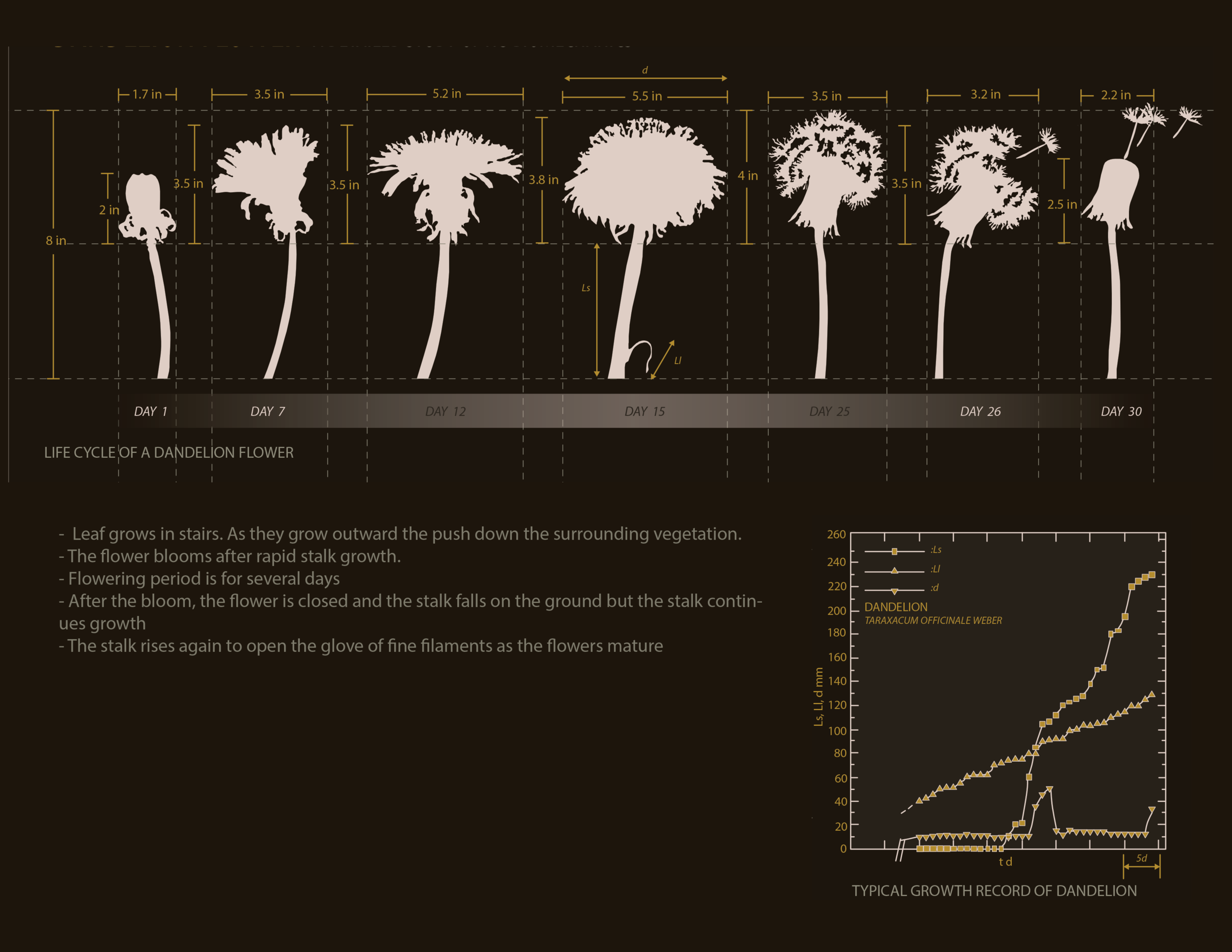

Structures in Biomimicry
Looking deeper into the structure of the dandelion flower and its transformation I learned that this flower is intricately designed on even the microscopic level to higher its chances of survival through the design of its structure.
2. Research (Use Case)
Existing Use Cases
During this phase I wanted to explore the potential use cases and understand what elements in nature can trigger a structure to transform. Therefore, I looked into existing examples of such structures.
Taking Inspiration from Theater
Next I looked into theater and music for inspiration on potential use cases. I wanted to explore the philosophical aspect of transforming stories, spaces, and their narrative. From studying the dandelion flower I learned that in nature there is a deeper meaning behind every transformation. The structure and mechanics of the dandelion flower, for example, are intricately designed to help further its chances of survival. Therefore, I wanted to learn the deeper reason for why a material structure would transform as well.
3. Ideate
Sound Activity
The main focus of this project was the materialization of the unseen motions of sound in the existing environment. The result is a responsive structure situated in an active urban setting, which houses a dance group that focuses on the endless possibilities of the human body through dancing to the sounds of the environment.
Structure: The structure is a continuously contracting and expanding dance space, enclosed by a velutinous responsive structure. The purpose of the structure is to detect and “grow” towards the sounds in the environment, altering the spatial quality of the dance space throughout the day.

Growth Narrative: Assembly
The result is a flexible structure covered by strands of responsive branches. The branches, made out of piezoelectric material, detect the different sound frequencies in the environment through a one-directional microphone. Based on the intensity of the frequency the electrical sensor releases a relative amount of electricity, allowing the piezoelectric material to "grow".
Once the sound frequency lowers, the branches go back to their initial form. As a result of the changing sounds in the environment, the structure is in constant motion - continuously dancing and growing towards different sources of sound.

Growth Narrative: Form
Through the dancing of the outer branches, the structure of the dance stage expands and collapses, beating with the rhythm of various sound patterns around it. This creates a continuously reshaping space that corresponds rather than resist the unseen motions around it.
As a result the structure also becomes a performer, dancing along the performers within it. The interior space constantly reinvents itself and provides a unique backdrop for the dancers and the audience housed within it.

Conclusion
During our final review I defeanded my proposal and presented my process to a panel of 6 invited judges from diverse Architecture backgrounds. I received excellent feedback on my proposal and was fortunate to be selected as one of the top Thesis projects of the graduating class.

